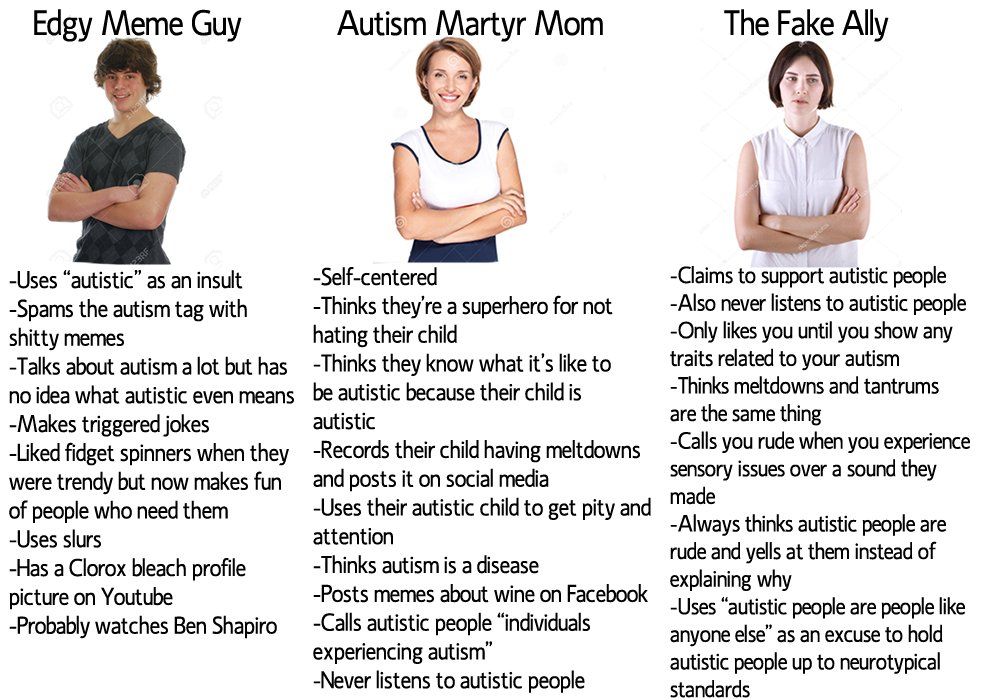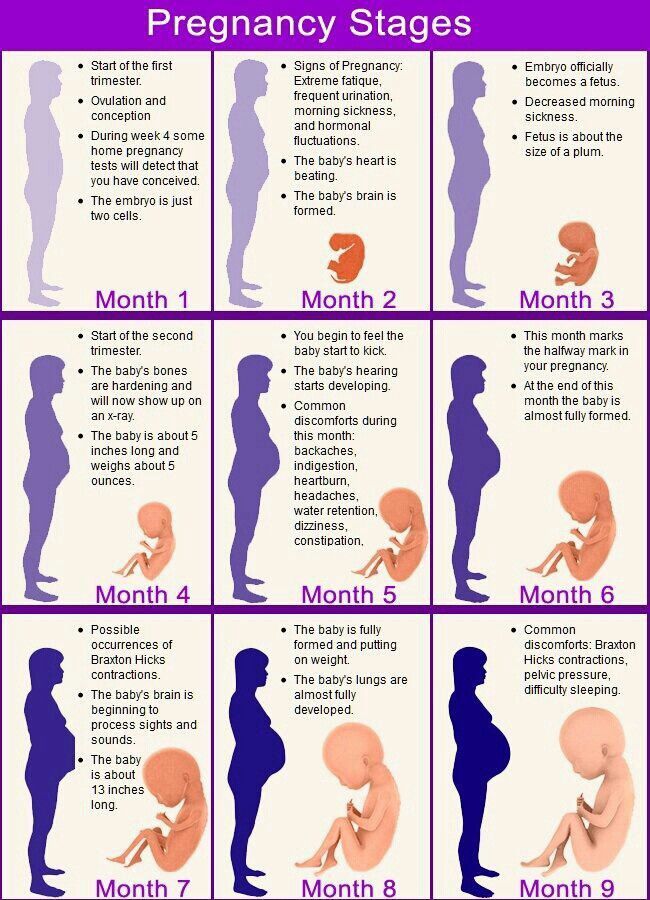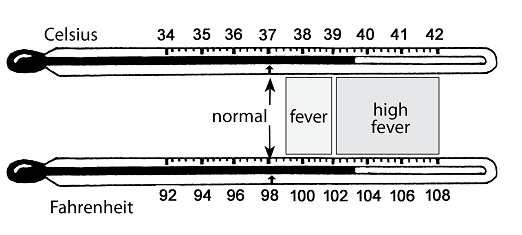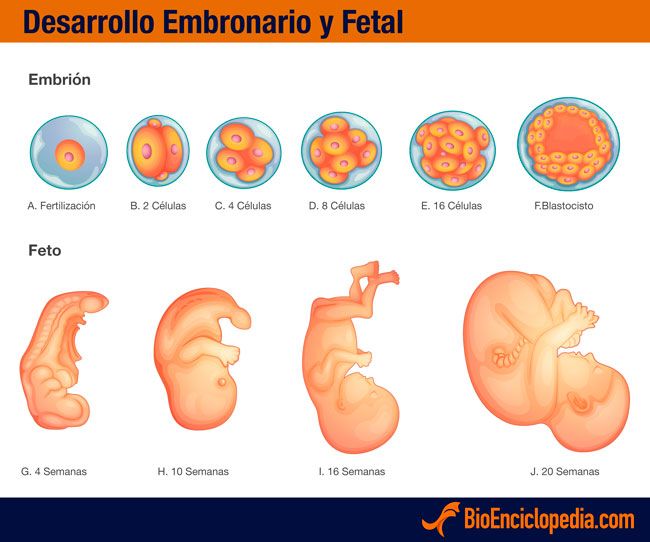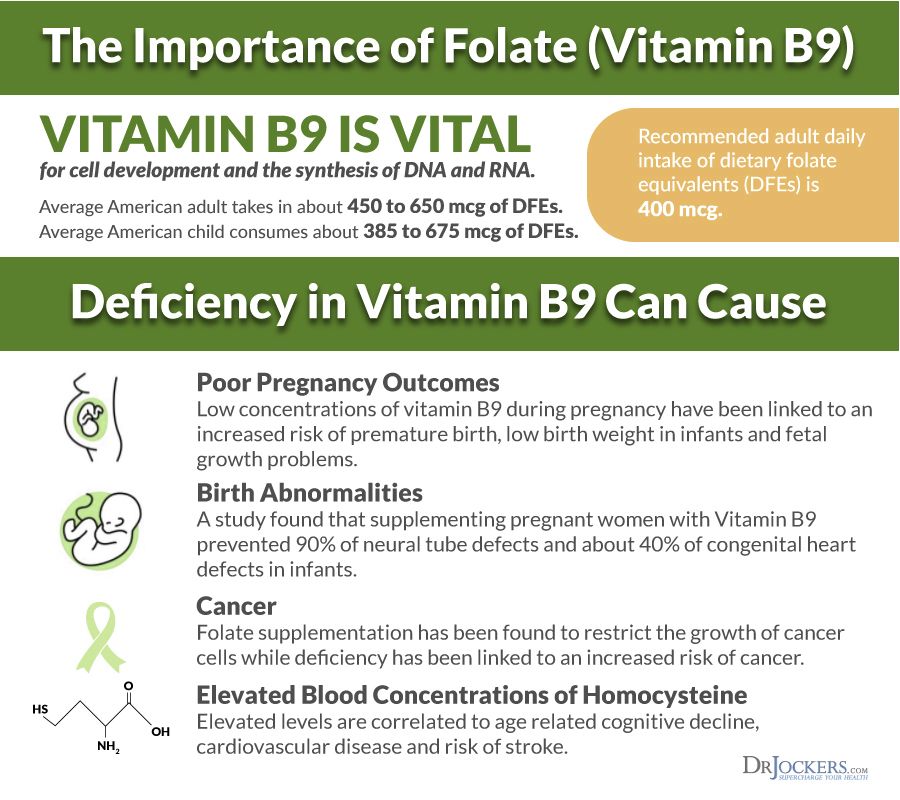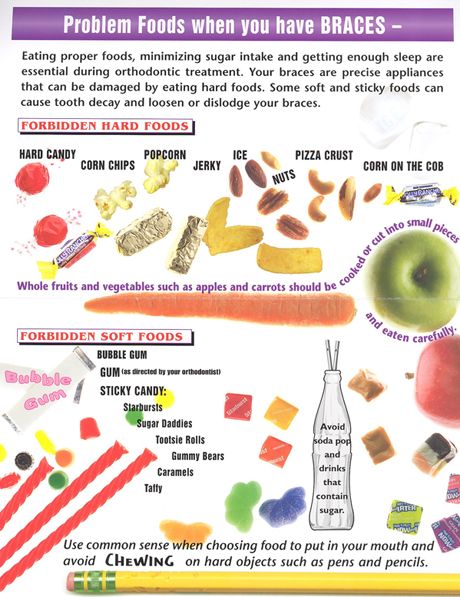How to help a child with autism talk
Teaching nonverbal autistic children to talk
March 19, 2013
Still among our most popular advice posts, the following article was co-authored by Autism Speaks's first chief science officer, Geri Dawson, who is now director of the Duke University Center for Autism and Brain Development; and clinical psychologist Lauren Elder.
Researchers published the hopeful findings that, even after age 4, many nonverbal children with autism eventually develop language.
For good reason, families, teachers and others want to know how they can promote language development in nonverbal children or teenagers with autism. The good news is that research has produced a number of effective strategies.
But before we share our “top tips,” it’s important to remember that each person with autism is unique. Even with tremendous effort, a strategy that works well with one child or teenager may not work with another. And even though every person with autism can learn to communicate, it’s not always through spoken language. Nonverbal individuals with autism have much to contribute to society and can live fulfilling lives with the help of visual supports and assistive technologies.
Here are our top seven strategies for promoting language development in nonverbal children and adolescents with autism:
- Encourage play and social interaction. Children learn through play, and that includes learning language. Interactive play provides enjoyable opportunities for you and your child to communicate. Try a variety of games to find those your child enjoys. Also try playful activities that promote social interaction. Examples include singing, reciting nursery rhymes and gentle roughhousing. During your interactions, position yourself in front of your child and close to eye level – so it’s easier for your child to see and hear you.
- Imitate your child. Mimicking your child’s sounds and play behaviors will encourage more vocalizing and interaction.
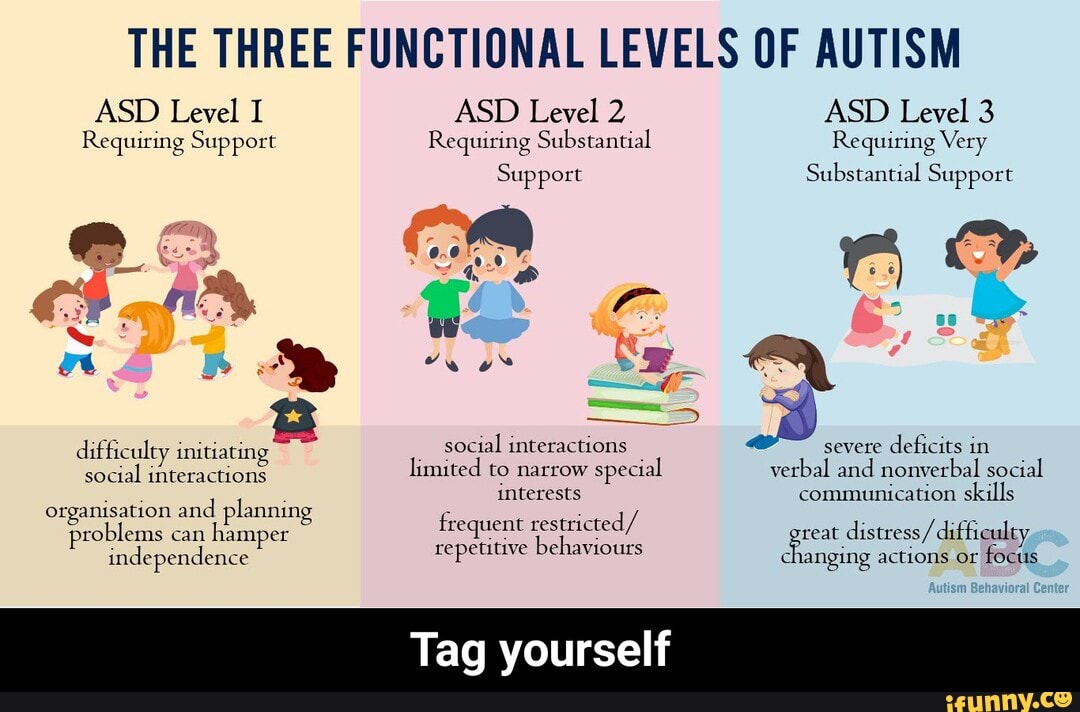 It also encourages your child to copy you and take turns. Make sure you imitate how your child is playing – so long as it’s a positive behavior. For example, when your child rolls a car, you roll a car. If he or she crashes the car, you crash yours too. But don’t imitate throwing the car!
It also encourages your child to copy you and take turns. Make sure you imitate how your child is playing – so long as it’s a positive behavior. For example, when your child rolls a car, you roll a car. If he or she crashes the car, you crash yours too. But don’t imitate throwing the car! - Focus on nonverbal communication. Gestures and eye contact can build a foundation for language. Encourage your child by modeling and responding these behaviors. Exaggerate your gestures. Use both your body and your voice when communicating – for example, by extending your hand to point when you say “look” and nodding your head when you say “yes.” Use gestures that are easy for your child to imitate. Examples include clapping, opening hands, reaching out arms, etc. Respond to your child’s gestures: When she looks at or points to a toy, hand it to her or take the cue for you to play with it. Similarly, point to a toy you want before picking it up.
- Leave “space” for your child to talk.
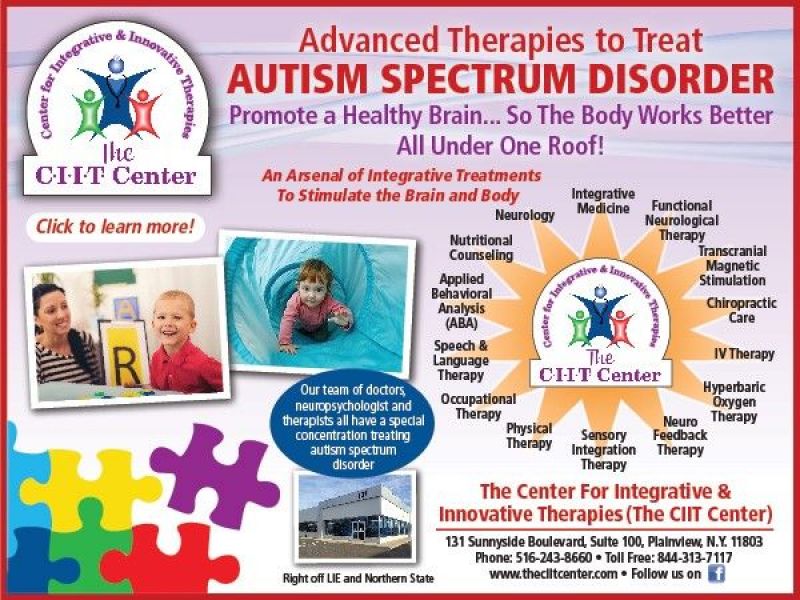 It’s natural to feel the urge to fill in language when a child doesn’t immediately respond. But it’s so important to give your child lots of opportunities to communicate, even if he isn’t talking. When you ask a question or see that your child wants something, pause for several seconds while looking at him expectantly. Watch for any sound or body movement and respond promptly. The promptness of your response helps your child feel the power of communication.
It’s natural to feel the urge to fill in language when a child doesn’t immediately respond. But it’s so important to give your child lots of opportunities to communicate, even if he isn’t talking. When you ask a question or see that your child wants something, pause for several seconds while looking at him expectantly. Watch for any sound or body movement and respond promptly. The promptness of your response helps your child feel the power of communication. - Simplify your language. Doing so helps your child follow what you’re saying. It also makes it easier for her to imitate your speech. If your child is nonverbal, try speaking mostly in single words. (If she’s playing with a ball, you say “ball” or “roll.”) If your child is speaking single words, up the ante. Speak in short phrases, such as “roll ball” or “throw ball.” Keep following this “one-up” rule: Generally use phrases with one more word than your child is using.
- Follow your child’s interests.
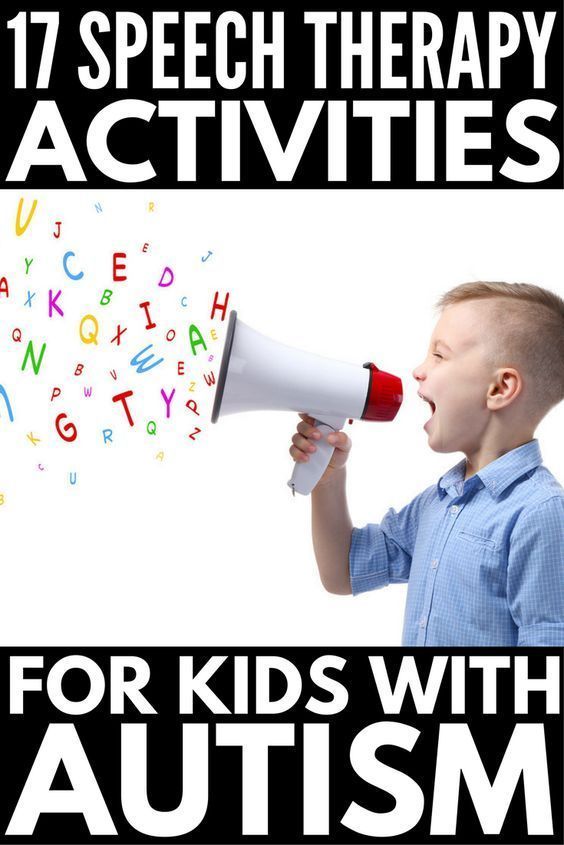 Rather than interrupting your child’s focus, follow along with words. Using the one-up rule, narrate what your child is doing. If he’s playing with a shape sorter, you might say the word “in” when he puts a shape in its slot. You might say “shape” when he holds up the shape and “dump shapes” when he dumps them out to start over. By talking about what engages your child, you’ll help him learn the associated vocabulary.
Rather than interrupting your child’s focus, follow along with words. Using the one-up rule, narrate what your child is doing. If he’s playing with a shape sorter, you might say the word “in” when he puts a shape in its slot. You might say “shape” when he holds up the shape and “dump shapes” when he dumps them out to start over. By talking about what engages your child, you’ll help him learn the associated vocabulary. - Consider assistive devices and visual supports. Assistive technologies and visual supports can do more than take the place of speech. They can foster its development. Examples include devices and apps with pictures that your child touches to produce words. On a simpler level, visual supports can include pictures and groups of pictures that your child can use to indicate requests and thoughts. For more guidance on using visual supports, see Autism Speaks ATN/AIR-P Visual Supports Tool Kit.
Your child’s therapists are uniquely qualified to help you select and use these and other strategies for encouraging language development.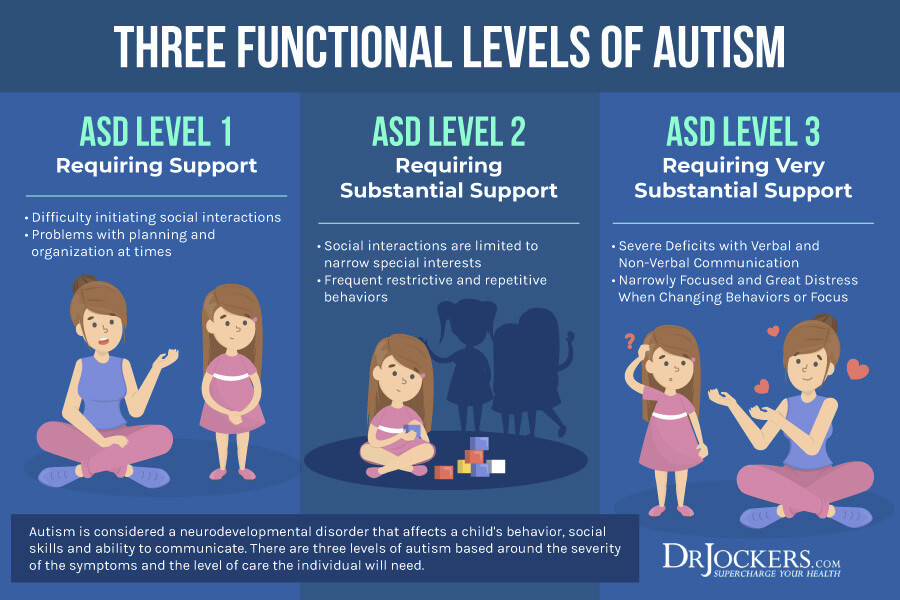 Tell the therapist about your successes as well as any difficulties you’re having. By working with your child’s intervention team, you can help provide the support your child needs to find his or her unique “voice.”
Tell the therapist about your successes as well as any difficulties you’re having. By working with your child’s intervention team, you can help provide the support your child needs to find his or her unique “voice.”
Blog
How to make the holidays more meaningful for yourself and your autistic loved ones
Blog
Giving Thanks: Autistic adult credits his family, friends and therapy for his good life
Expert Opinion
Tips for creating an autism-friendly Thanksgiving
Blog
In Our Own Words: Embracing empathy and individuality to overcome bullying
Blog
Expert Q&A: Dr. Ryan Adams shares tips and resources to end bullying
Blog
Catching up with Kaitlyn Y.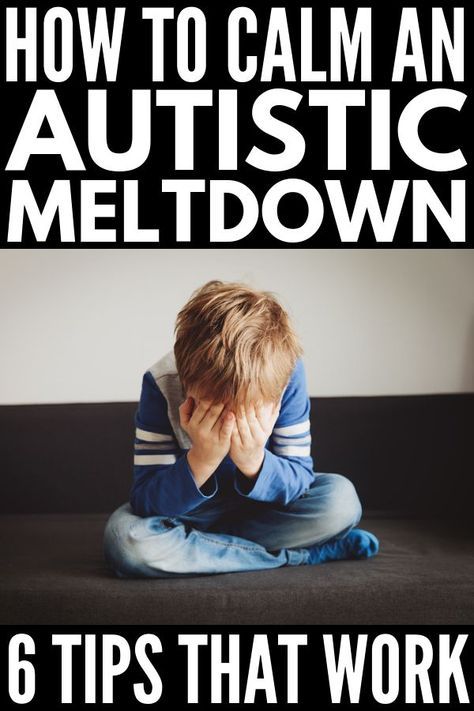
Blog
Expert Q&A: Supporting siblings of autistic children with aggressive behaviors
Podcast
Adulting on the Spectrum: Constructed language, job hunting and Pokémon
How to Help Your Nonverbal Child with Autism Speak
Approximately one third of children with autism are nonverbal. This means that they never learn to speak more than a few words in their lives.
Why Can’t My Autistic Child Speak?
There may be a couple of reasons that a child with autism doesn’t speak. The primary identifying aspect for nonverbal autism is determining whether or not the individual speaks clearly or with interference.
Although there are individuals with autism that may struggle with having a back-and-forth conversation, these are not nonverbal autistic people. Those who are nonverbal don’t speak at all.
Let’s look at the reasons why this may be happening. Autistic children could lose the ability to speak later on as the disorder’s symptoms worsen over time.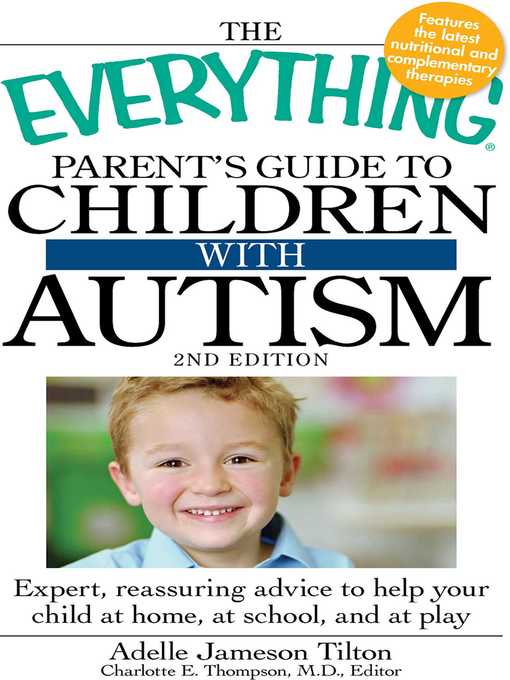
The individual could also be suffering from apraxia. This can cause the person to not be able to say what they want to say.
Autistic individuals could also suffer from echolalia, which is the repetition of words and phrases. This could also hinder clear communication.
Read: How to treat Echolalia in a Child with Autism
In addition, there are social, behavioral and developmental symptoms for nonverbal autism.
Social symptoms: Social interaction difficulties are a hallmark symptom of autism spectrum disorder. Individuals generally avoid eye contact. They don’t respond when their names are called. These could cause the individual to feel left out and isolated and may lead to depression.
Developmental symptoms: Each individual is unique. Every autistic person develops at a different rate. While a child can develop at a typical rate, their developmental progress could be delayed after the age of 2 or 3.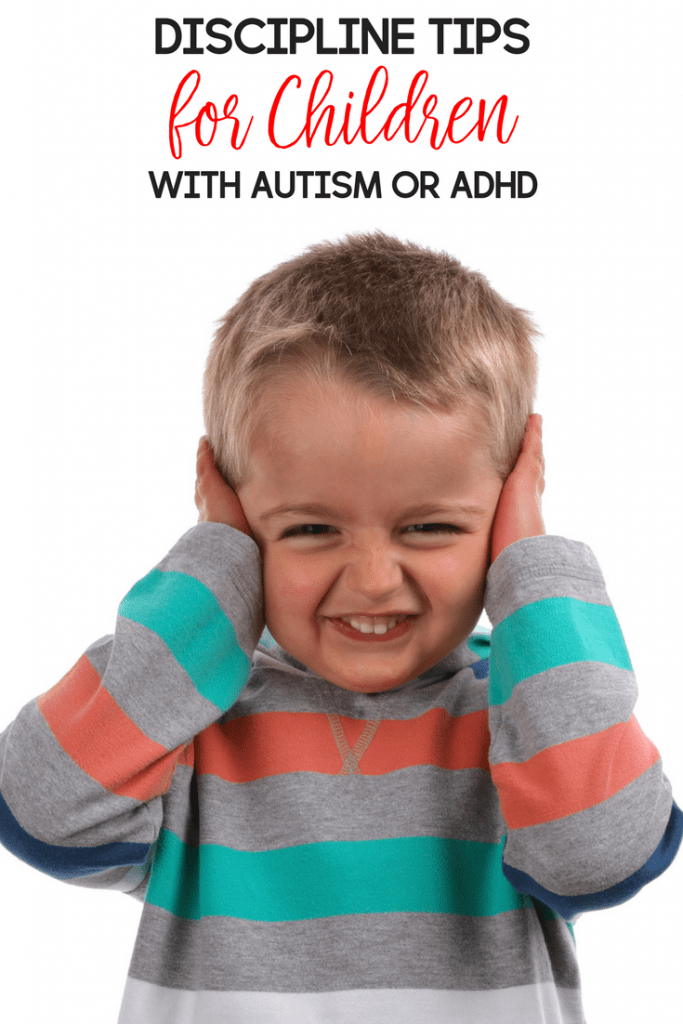 This could be the case for speech as well.
This could be the case for speech as well.
Behavioral symptoms: Individuals with autism strictly stick to routines. Interruptions in these routines or schedules could upset them. Some have really specific interests and obsessions about certain objects and topics. They may have a short attention span, causing their focus to switch from one thing to another, which could affect communication. Behavioral symptoms really differ for each person.
Not all individuals show the same symptoms, and symptoms may improve with age as they become less disruptive and severe.
Through speech therapy and speech interventions, nonverbal autistic children could become verbal in time with the right and continuous help and support.
A nonverbal autistic two years old may not respond when their name is called A nonverbal autistic three years old may not play pretend A nonverbal autistic four years old may repeat words and phrases that are not meaningful A nonverbal autistic five years old may have trouble interpreting gestures in communication setting.
Causes of Autism
The definitive cause of autism is still being studied. However, research suggests that there is no single cause for the disorder.
Autism appears to develop from a combination of genetic and environmental factors.
These factors are found to impact and increase the risk of a child developing autism spectrum disorder. Increased risk doesn’t mean that the individual will certainly develop the disorder.
Some of the individuals that have risk factors associated with autism don’t have the disorder.
Studies suggest that the disorder:
- Could be inherited,
- Could result from abnormal levels of chemicals in the brain
- Could be caused by infection or the effects of an environmental toxin
Genetic risk factors: Genetics were found to affect the risk of some forms of autism. It is known that if an individual has a sibling or a parent with ASD, they are more likely to develop the disorder. In addition, some medical conditions were linked to autism spectrum disorder.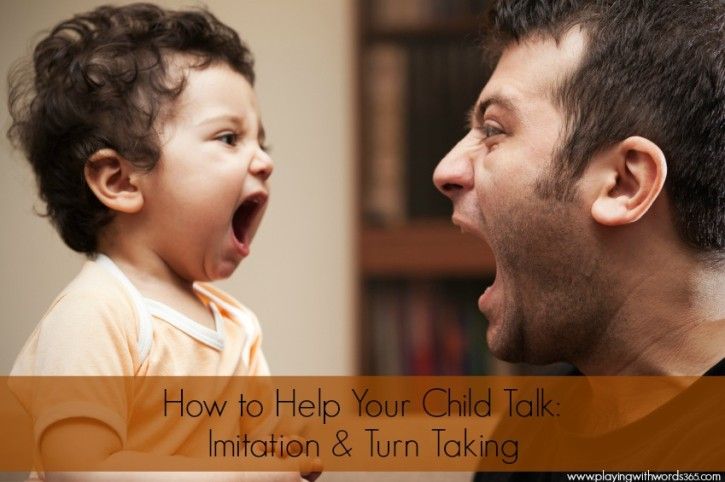 Genetic disorders such as Fragile X syndrome are included in these conditions.
Genetic disorders such as Fragile X syndrome are included in these conditions.
Environmental risk factors: Some experts suggest that exposure to heavy metals and toxins in the environment may raise the risk of developing ASD. Also, CDC indicates that children born to older parents are at higher risk for developing autism spectrum disorder. Certain prescription drugs such as thalidomide and valproic acid have been linked to autism development as well.
As can be seen, both genetics and environment could determine whether a child will develop autism or not. Autism is NOT caused by vaccines.
An abundance of research conducted on the matter concluded that the disorder is not caused by vaccines. The infamous study done in 1998 suggesting a link between autism and measles, mumps, and rubella (MMR) vaccine has been debunked multiple times and retracted in 2010 .
Diagnosis of Nonverbal Autism
There is no specific single test that determines nonverbal autism.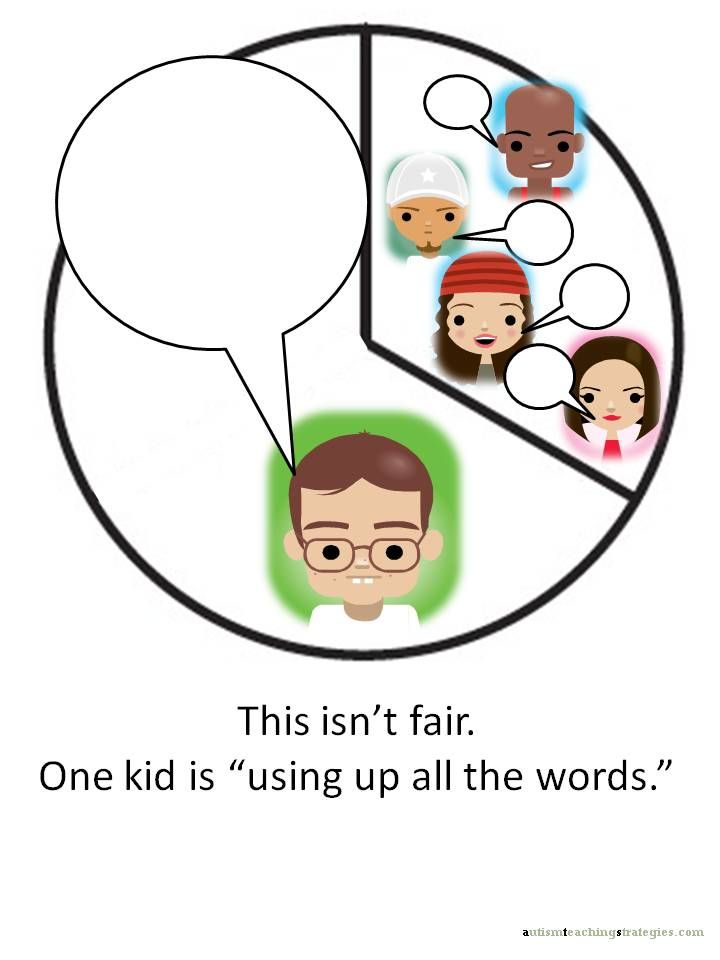 A multi-phase process is conducted to diagnose the disorder.
A multi-phase process is conducted to diagnose the disorder.
When your child is at the pediatrician, they will be the first healthcare providers to assess for ASD. Parents and caregivers will sound their concerns to their doctor if they notice any symptoms.
The pediatrician then could request various tests to rule out other possible causes for the concerning symptoms. They may conduct physical examinations, blood tests, and MRI or CT scan imagings.
Pediatricians then refer your child to a specialist if they suspect autism spectrum disorder. Specialists will evaluate the medical history of the child as well as the parents.
After all of the extensive testing, autism-specific tests may be used to confirm the diagnosis of the disorder.
These tests include Childhood Autism Rating Scale Third Edition (GARS-3) and Autism Diagnostic Observation Schedule, Second Edition (ADOS-2) They will help clinicians determine whether the child has nonverbal autism.
Do Nonverbal Autistic Toddlers Babble?
Around 40% of autistic children don’t speak.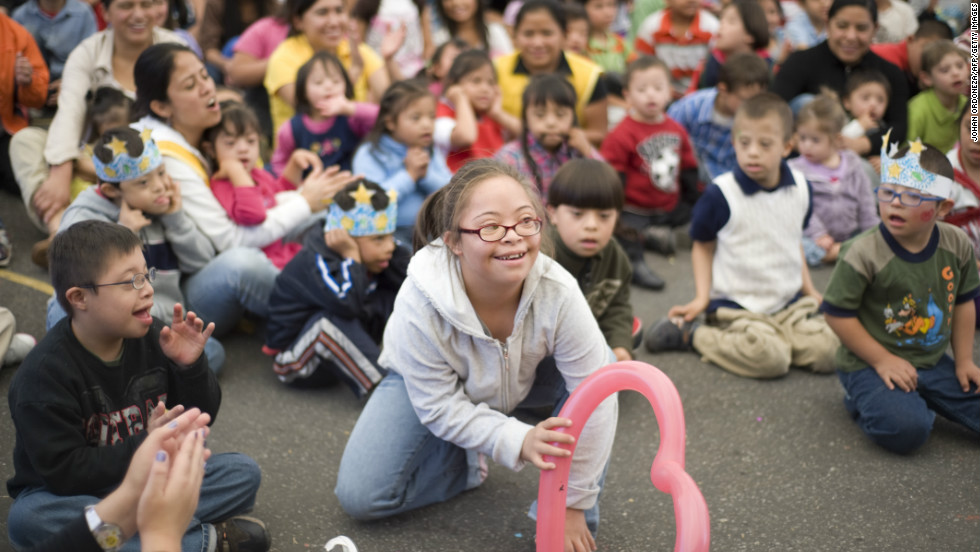 Some others may speak while also having limited language and communication skills.
Some others may speak while also having limited language and communication skills.
Babbling occurs when a newborn is practicing for speech. They open and close their mouths, move their tongues in different ways.
When typically developing babies babble, they begin their early development of language.
People with autism sometimes produce certain nonsensical speech sounds. These are called jargon. Sometimes they are self-stimulatory behaviors.
Generally, they are not used to communicating with others. The rate of babbling in nonverbal autistic individuals is low compared to their typically developed peers.
However, babbling could represent precursors to speech in an autistic child with speech-language delay.
Research suggests that the majority of nonverbal 4-year-olds with autism can develop spoken language if they have relatively strong social engagement and don’t have intellectual disability.
If a nonverbal child with autism babbles along with eye contact or gestures directed towards other people, this behavior could be worked on to be used as a tool for meaningful social and communication exchanges.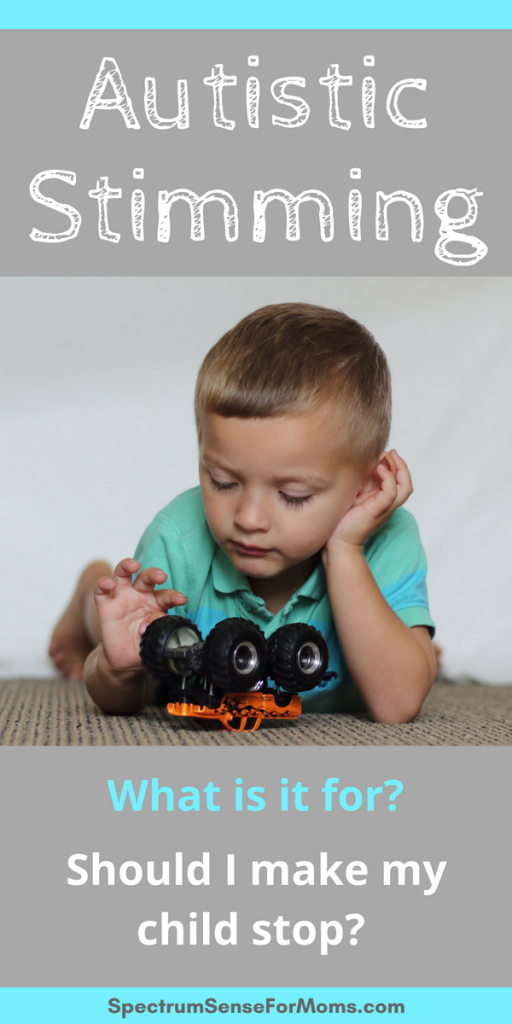
When is it Decided an Autistic Child is Verbal/Nonverbal?
Each individual develops at their own rate. However, research showed that one third to half of parents of autistic children noticed issues before their child’s first birthday. Also, around 80% to 90% saw problems before the child turned 2.
There are certain symptoms that may indicate that the child has verbal/nonverbal autism. Here are some:
- Not responding to their name by the age of 1
- Not babbling towards parents or caregivers by the age of 1
- Not pointing at objects of interest by the age of 14 months
- Not imitating the parents or caregivers by the age of 18 months
- Repeating words over and over
- Flapping their hands
- Rocking back and forth
- Preferring to be alone
- Avoiding eye contact
- Not meeting developmental milestones in terms of speech and language
How to Teach an Autistic Child to Talk
Although there is no cure for autism, there are therapies and interventions that help the individual to be able to communicate.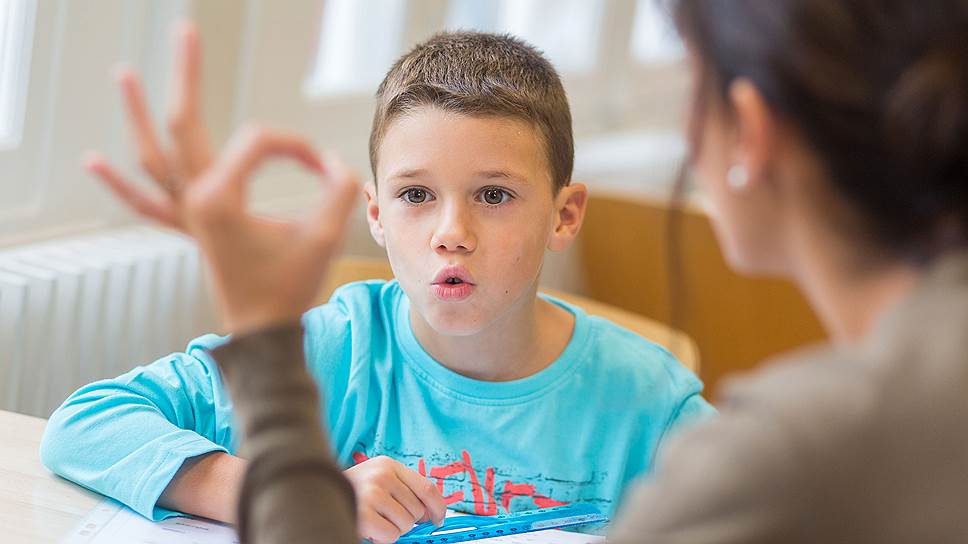
It is important to remember that each child is unique. One effort that works with one child may not be helpful for another. In addition, although a child with autism can learn to communicate, this may not alway be through spoken language.
Nonverbal autistic individuals can have and live fulfilling and comfortable lives with the help of therapies and assistance.
Here are some of the treatment options for nonverbal autistic individuals:
Medicine: There is no medicine that will specifically cure autism. However, certain medication could help alleviate related symptoms and conditions. The child could have anxiety or depression, and medication could help with these.
Counselling: Counseling parents and caregivers as well as the siblings of the individual with autism could really benefit from therapy. Through counseling, they can learn how to approach the situation to achieve positive outcomes and to cope with the challenges of nonverbal autism.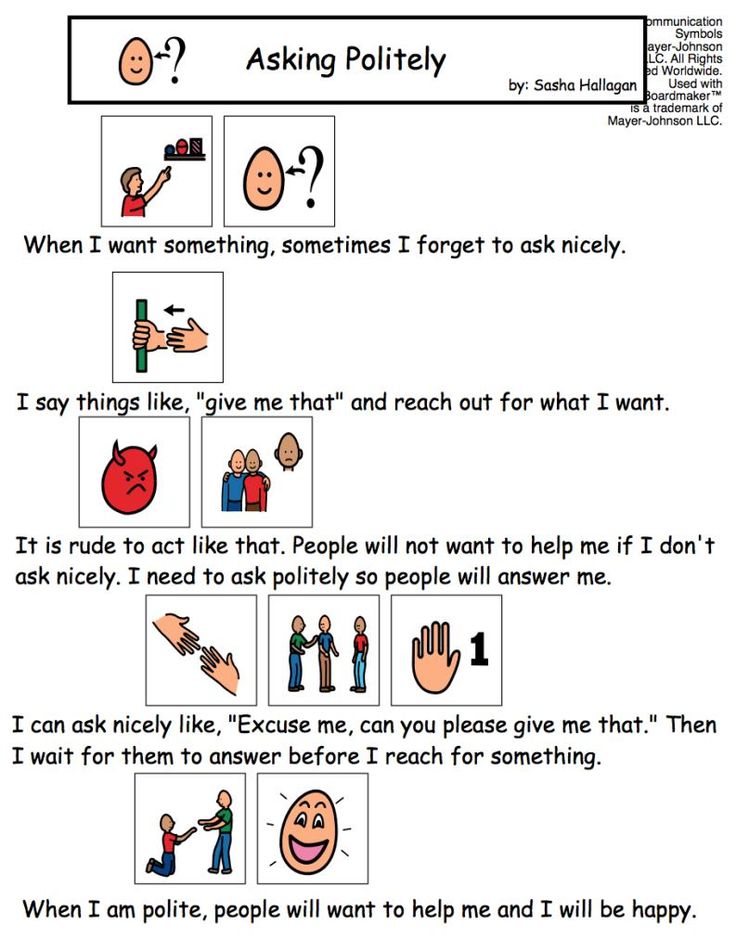
Education: Children with autism respond really well to structured sessions. These sessions could help them develop skills and behaviors that will be beneficial in communication. They can gain social and language skills while also getting education and working on their development.
What Does the Future Look like for Nonverbal Children?
Nonverbal children with autism could have a comfortable and quality life. It is important that with the right help, they could equip themselves with the necessary skills to live their life normally.
Although nonverbal, children with autism use other methods to communicate. Certain strategies, which we will discuss here, could be used to leverage these methods and add on to them.
Not being able to speak to communicate should not be seen as a setback, but as a challenge that could be overcome. Although there is no magic cure to achieve speech, your child could go a long way with your support.
Once they understand and learn a way to express what they are feeling, be it verbal or nonverbal, they will have a more positive attitude towards communication.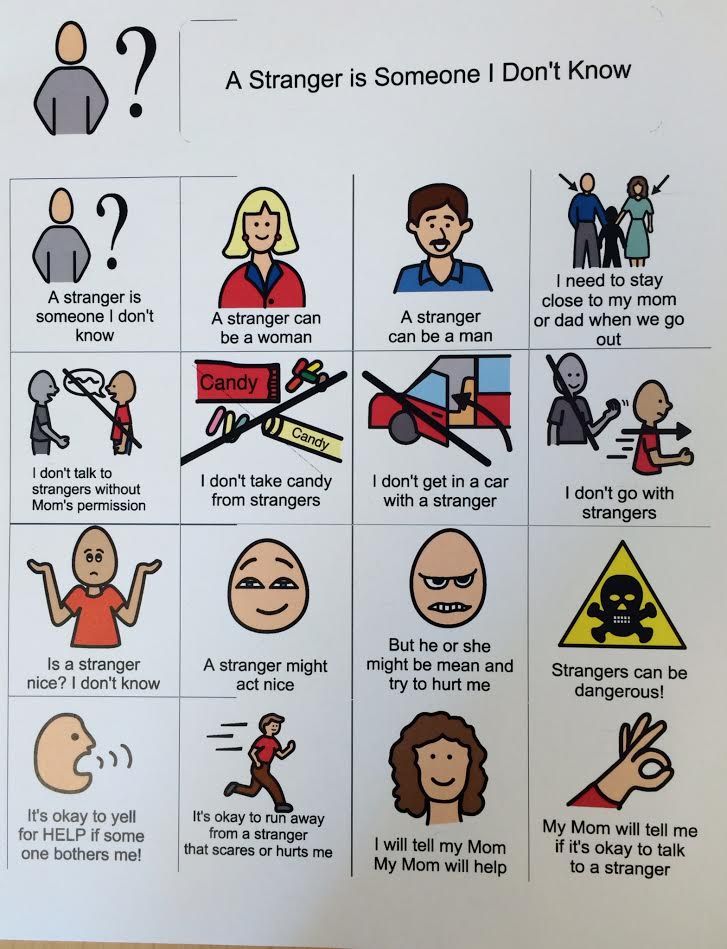
What Age Do Autistic Children Talk?
Autistic children with verbal communication generally hit language milestones later than children with typical development.
While typically developing children produce their first words between 12 and 18 months old, autistic children were found to do so at an average of 36 months.Since each autistic child is unique in their development, the age when they produce their first words differs.
Until recently, parents and caregivers of children with autism were made to believe that their child would not speak ever if they did not do so by the time they turn 4 or five.
However, a recent study showed that most of the children participating in the study acquired language skills, and almost half of them became fluent speakers. More than 70% could speak in simple phrases. This indicates that language-delayed children with autism could eventually develop speech.
Nonverbal Autism Recovery
There is no “cure” for or “recovery” from autism.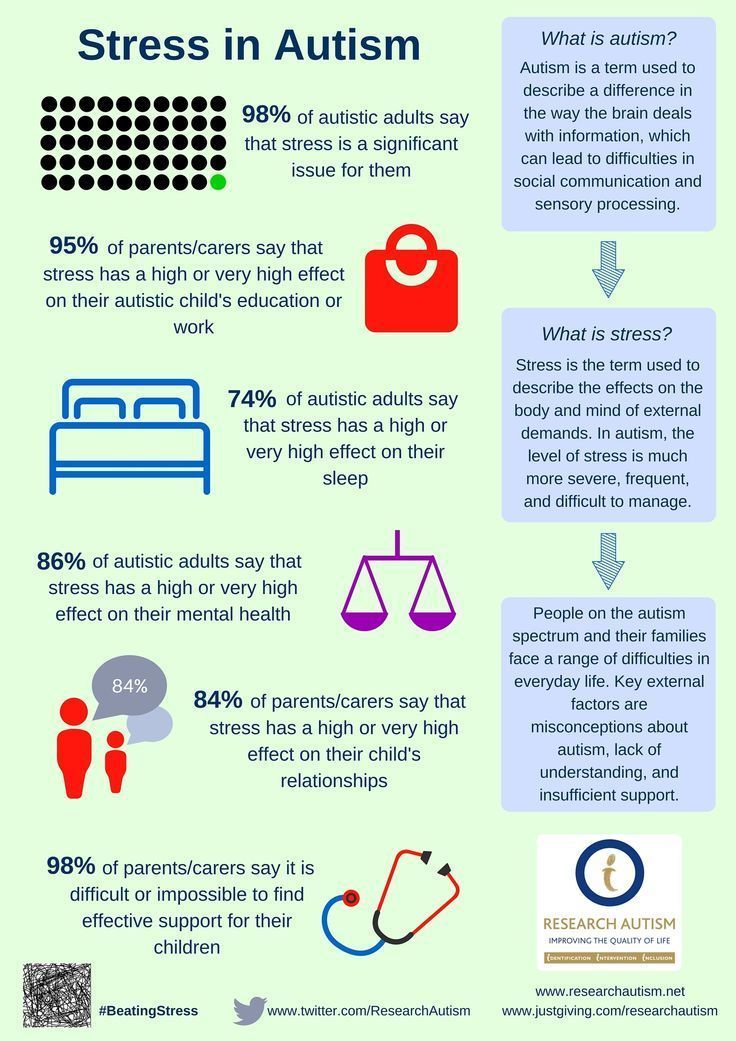 It is a lifelong condition that impacts major aspects of the individual. However, it is possible to manage signs and symptoms.
It is a lifelong condition that impacts major aspects of the individual. However, it is possible to manage signs and symptoms.
Through early intervention and treatment supports, the individual’s quality of life could increase. They can learn new sets of skills in terms of language and communication as well as behavior.
Techniques to Help Nonverbal Child Communicate
There are certain techniques you can try to encourage your nonverbal child to communicate. Here are a couple:
Encourage social interaction and play: Play, especially pretend play, is a great tool to teach children language skills. This will create fun opportunities for your child to communicate. You can also try certain activities like singing to promote social interaction. Make sure that it is easier for your child to see and hear you clearly during these activities.
Be patient: You may feel the need and urge to fill in the gaps in terms of language when your child doesn’t immediately respond.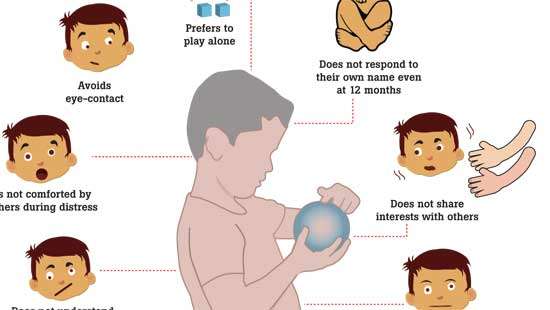 However, it is important to give the child the opportunity to gather their thoughts and communicate. This may not alway happen through speaking. But when you ask a question, just wait for a few seconds. Observe your child for the sounds and the gestures they make. When they make an attempt, be prompt to respond so that they will get the idea and feel like they are communicating.
However, it is important to give the child the opportunity to gather their thoughts and communicate. This may not alway happen through speaking. But when you ask a question, just wait for a few seconds. Observe your child for the sounds and the gestures they make. When they make an attempt, be prompt to respond so that they will get the idea and feel like they are communicating.
Include your child’s areas of interest: Make sure that you are including the things and topics your child is interested in your communication attempts. Don’t interrupt their focus and go along with them. Describe what they are doing with the object of interest. By including what engages your child into these activities, they will be more likely to associate what they learned with the objects, and expand their vocabulary with the things they love.
Technology: There are various assistive technologies and visual aids out there in the market. Their purpose is more than just to replace speech.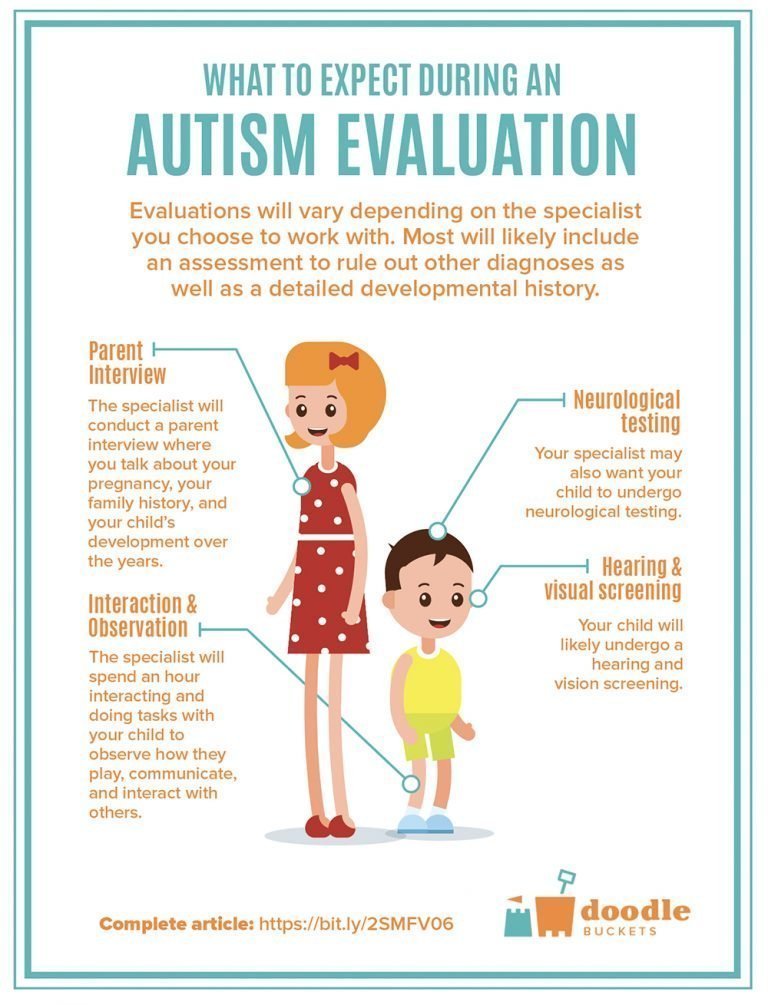 You can also use picture cards, which work similarly. They can also promote the development of this skill. Devices and applications with pictures and sounds where the child can engage with the object can help them produce words in time.
You can also use picture cards, which work similarly. They can also promote the development of this skill. Devices and applications with pictures and sounds where the child can engage with the object can help them produce words in time.
Otsimo is a great help in this area, as the application has hundreds of games designed to engage and help children learn skills, including speech and language.
Read: 10 Speech Exercises to do at Home
Come along with 200k+ families!
Let's communicate better!
Download for Free.
Certified speech therapy app
designed with SLPs.
Otsimo Speech Therapy
Download for Free
How to Communicate with a Nonverbal Autistic Child
There are an abundance of ways to help promote communication with your nonverbal autistic child.
They don’t replace speech therapy or other interventions that are uniquely designed to the needs of your child. But they can be a great support at home, things that you can do to establish communication with your child.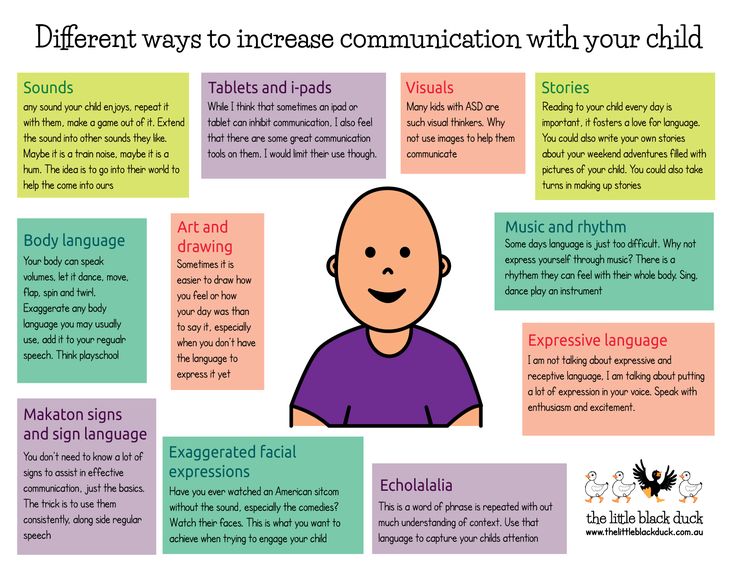
Talk: Keep talking with your child. Describe things to them. Include them in conversations and don’t leave them out as if they are not there. Your child will still be able to learn from this action.
Use simple language: Refrain from using sentences with a lot of words in them. Try to use one or two word sentences. Once your child can use one word phrases, you can move into using two phrase sentences to give them direction or describe something. This will help them improve without overwhelming them.
Make the most of playtime: Play is an amazing tool to both entertain and practice with children. While playing, you can have the opportunity for communication. While playing with toys, you can encourage imitation. You can also involve fun activities like singing or dancing so as to foster social interaction.
Go different ways: Nonverbal children with autism may express their emotions through some other ways than speaking, like dancing, art, hand movements, and body movements. You can try to help them express themselves better through activities like finger painting or sensory activities.
You can try to help them express themselves better through activities like finger painting or sensory activities.
Technology at your disposal: As we mentioned, there are various applications and devices out that can help with technology. You can use them on your smartphone or tablet as an assistive communication device.
Read: How To Use Otsimo Speech Therapy With Kids Who Have Articulation Disorder?
Face your child: Sit right in front of your child, at their eye level. This will put you in their field of view, where they can see your gestures, facial expressions and mouth movements. This way they can comprehend what you are communicating via your body language, too.
Tips to Help Your Child Find Their Voice
It is important to give your child the opportunity to find their voice while also supporting them. They may show some initiative but they may need direction while learning how to express themselves.
There are some exercises that you can practice to promote speech and encourage your child to express themselves clearly.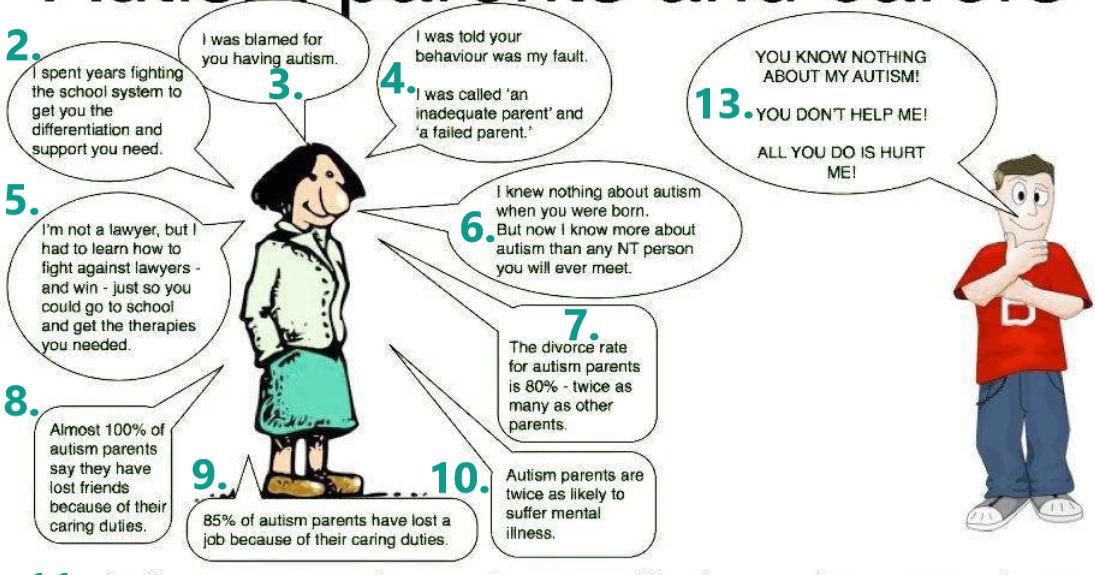
Make an effort to talk: It is a difficult situation. But don’t just avoid including your child into conversation. These attempts at conversation could actually be beneficial for them to understand the practice.
Keep it simple: Keep your sentences short and be direct. Adjust the conversation level to that the child can maintain. Wait for them to process fully.
Take note of nonverbal signals: Being nonverbal does not mean that your child is not communicating in some other way. Be aware of their behaviors. Since children with autism have difficulty in expressing themselves by using language, they refer to behaviors that could signal what they might try to verbalize.
Don’t push: Yes, of course increase the level of activities to expand the boundaries of your child’s capabilities. But if you feel like your child is overwhelmed, then take a break and try again later at a better time. Children with autism have very specific routines and they get.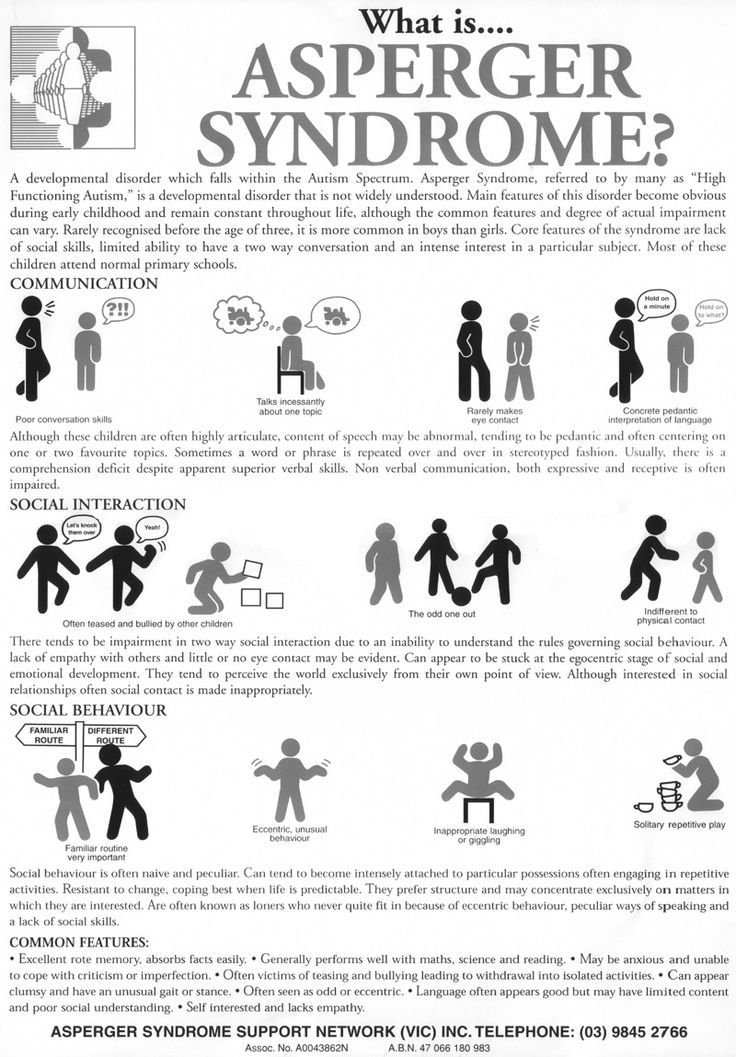
Can a Child Be Nonverbal and Not Autistic?
As we have mentioned numerous times, children develop at their own rates. But there are some milestones they hit while growing up.
Studies show that typically developing children generally produce their first words between 12 and 18 months old. However, in the case of children with autism, this rate is reported to be an average age of 36 months.
Late speech does not necessarily mean autism diagnosis. A child could be nonverbal or have delayed speech for some other unrelated reasons. Here are some:
- Problems with the mouth
- Speech and language disorders
- Hearing loss
- Neurological problems
- Intellectual disabilities
- Autism spectrum disorder
You may ask yourself “will my nonverbal autistic child ever speak?”. The answer to that question is not easy to give.
Research shows that nonverbal children of age 4 who were nonverbal until that point could produce single words and phrases without verbs.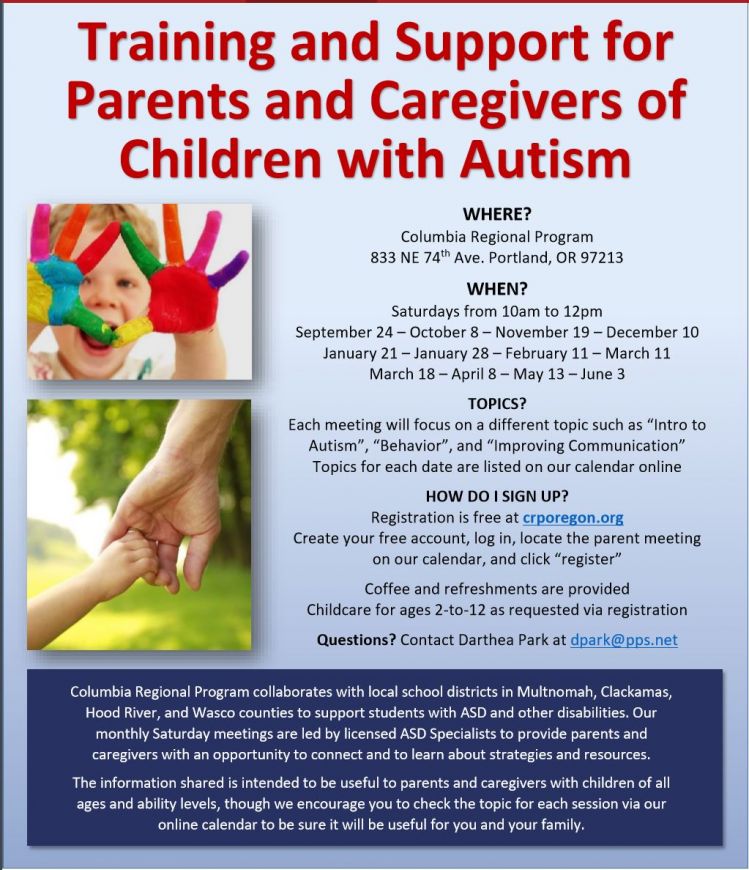
The important thing here is to provide the right support and help to your child, suitable to their needs. If your child is babbling, or trying to convey something through their behavior, you should lean into it and practice speech exercises.
Many parents and caregivers report that they have had success with such exercises at home, along with the help of professional intervention like speech therapy.
Speech Therapy for Nonverbal Toddlers
Speech-language pathologists can really help children with their language and speech problems. They will first assess the best way to approach the situation. Here are a couple of techniques used during speech therapy for toddlers:
- Utilizing picture boards
- Signing or typing
- Exercising facial muscles to improve articulation
- Modulating the tone of voice
- Understanding body language
In speech therapy, the social communication and behaviors of the child are modified.
Caregivers and parents are also included in the process to create an approach best suited for the child.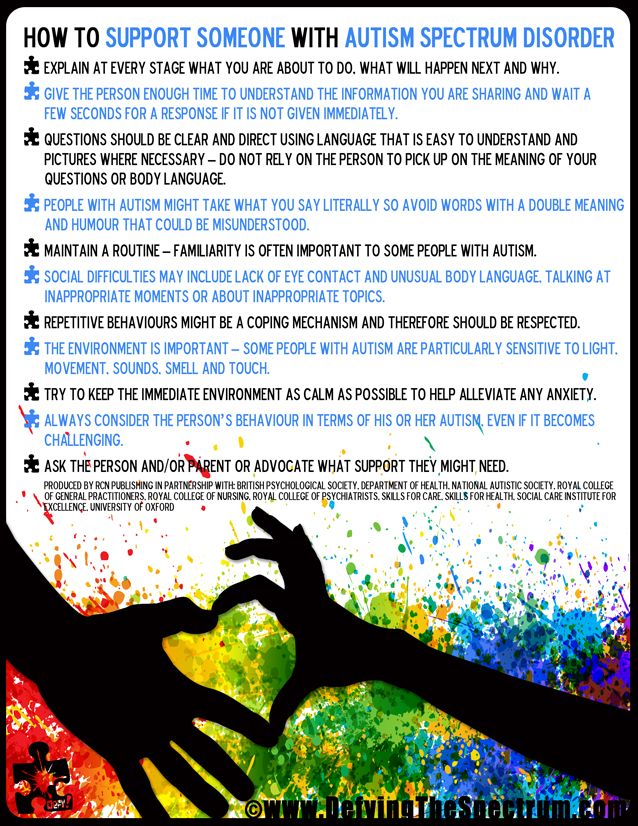 Certain techniques and combinations of them will be used in these sessions.
Certain techniques and combinations of them will be used in these sessions.
Read: Does my Child Need Speech Therapy?
Last Updated: November, 2021
What kind of help does a child with autism need right after the diagnosis?
11/20/16
Interview with one of the speakers of the II International Scientific and Practical Conference “Autism. Pathway Choice", an expert in early diagnosis and early intervention in autism spectrum disorders (ASD)
Laura Dilly is a psychologist, a member of the board of directors of the Georgia Psychological Association, a specialist at the Marcus Center for Autism (USA). Expert in the diagnosis and clinical evaluation of young children with suspected possible autism spectrum disorder. One of the authors of the project on remote medical care for autism at the Center. Member of the Board of Directors of the Georgia Psychological Association and Chairman of the Association's Committee on Family, Childhood, and Diagnostics.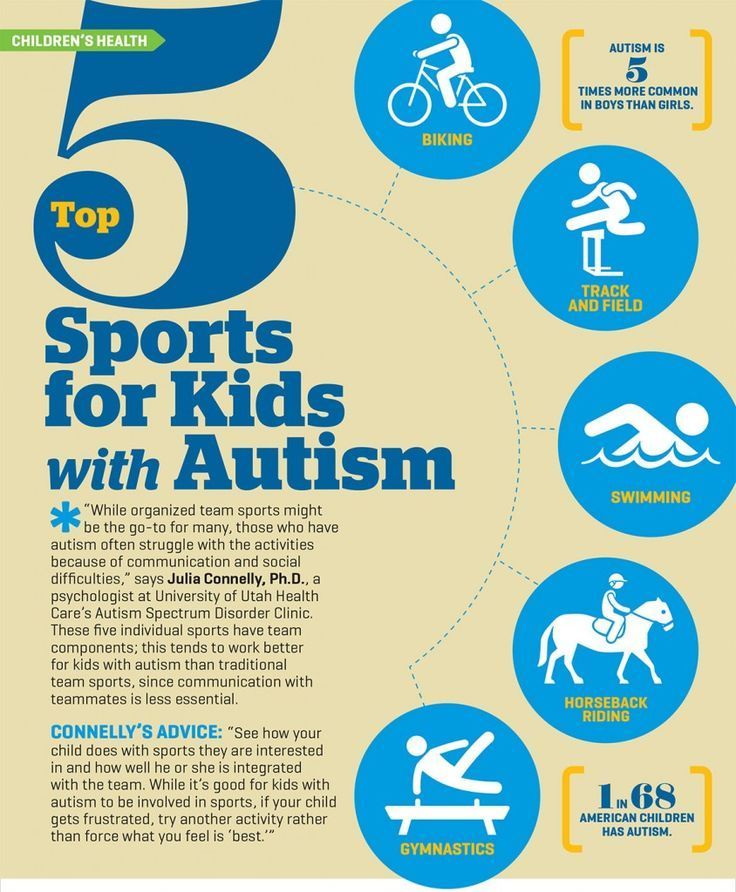
Immediately after a child has been diagnosed with autism, what should be the itinerary? What does it look like in the center where you work?
After a child has been diagnosed with an autism spectrum disorder, we meet with the family and begin to discuss with them what the next steps will be, what methods of assistance are important for the child.
As far as autism spectrum disorder is concerned, the most important aspects of care that largely determine the future prognosis for a child are work on the child's functional communication skills, as well as improving adaptive, everyday skills.
Usually we start working with the family after the diagnosis, and our main goal is to increase the child's ability to communicate with parents. For example, sometimes this includes teaching the child how to make eye contact and point with his hand to what he wants. We can teach a child this or that system of communication with the help of images.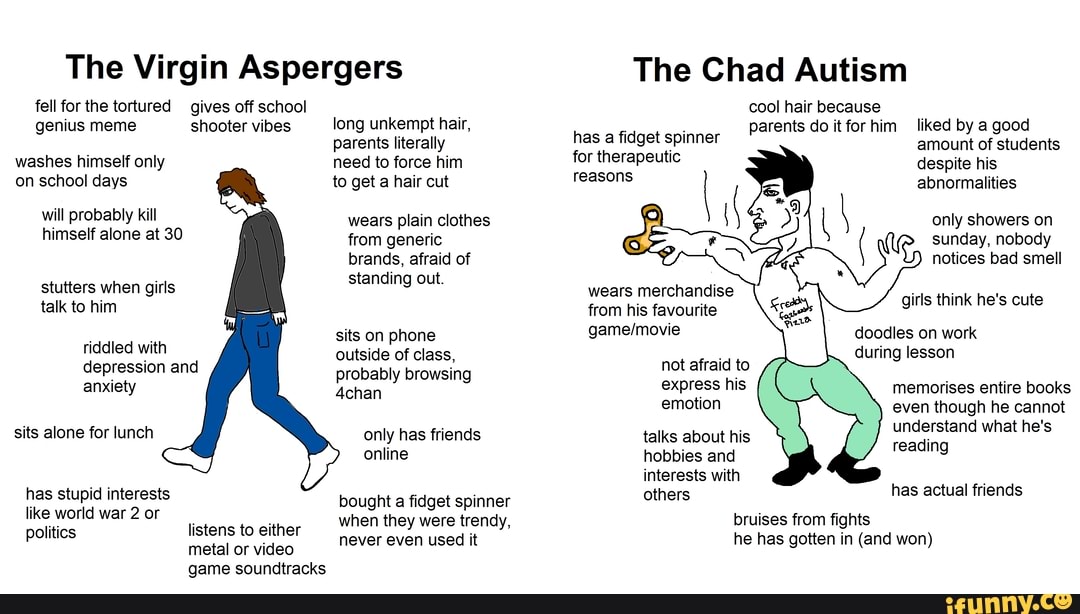 We can also teach a child to make a choice between two objects. If the child can already speak, then we work on increasing and diversifying requests so that the child initiates communication more often and makes requests to other people more often.
We can also teach a child to make a choice between two objects. If the child can already speak, then we work on increasing and diversifying requests so that the child initiates communication more often and makes requests to other people more often.
When it comes to adaptive skills, our ultimate goal is always to make the child more independent. We usually work directly with the family and help teach their child how to eat independently, how to use the toilet, how to navigate the house and find the right items in it, and, most importantly, how to ask for what he needs.
The various social activities of parents with their child are also very important. For example, we can teach a child and an adult to roll a ball to each other, as well as play other similar games that require simple actions in turn, and which will develop social interaction skills.
What methods are used to achieve these goals?
There are various approaches and techniques to achieve these goals, and the choice of approach depends largely on the child's characteristics and level of functioning.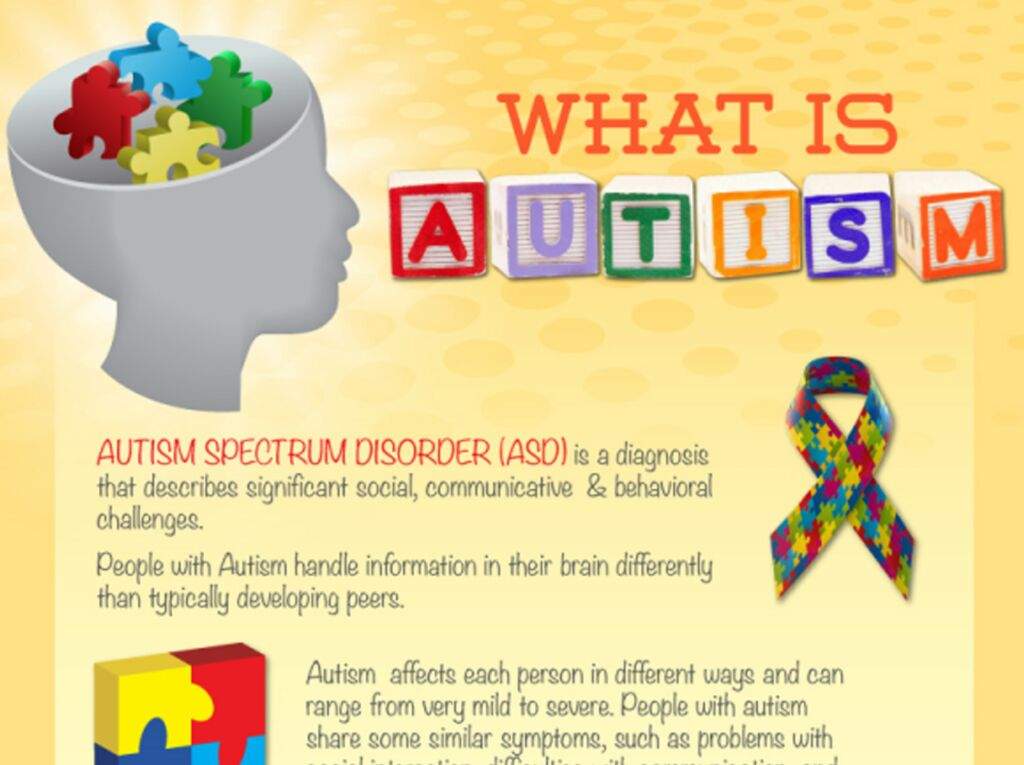 Applied Behavior Analysis (ABA) methods are usually the most effective approach, and we know that these methods are the most supported by scientific evidence.
Applied Behavior Analysis (ABA) methods are usually the most effective approach, and we know that these methods are the most supported by scientific evidence.
In addition, various behavioral learning techniques in the natural environment can be very effective. In this case, work on goals occurs directly during the daily events in the child's life, when parents encourage him for approaching the goals set.
Does a child with autism need to take any medication?
When it comes to medications and supplements, there are currently no medications that work on autism symptoms. In some cases, drugs may be needed to correct the symptoms of secondary problems, for example, many children on the autism spectrum suffer from severe anxiety or depression, especially during adolescence. Sometimes drugs can help with these secondary disorders. Also, some children with autism have hyperactivity and difficulty concentrating, so they are sometimes prescribed stimulants to correct attention problems.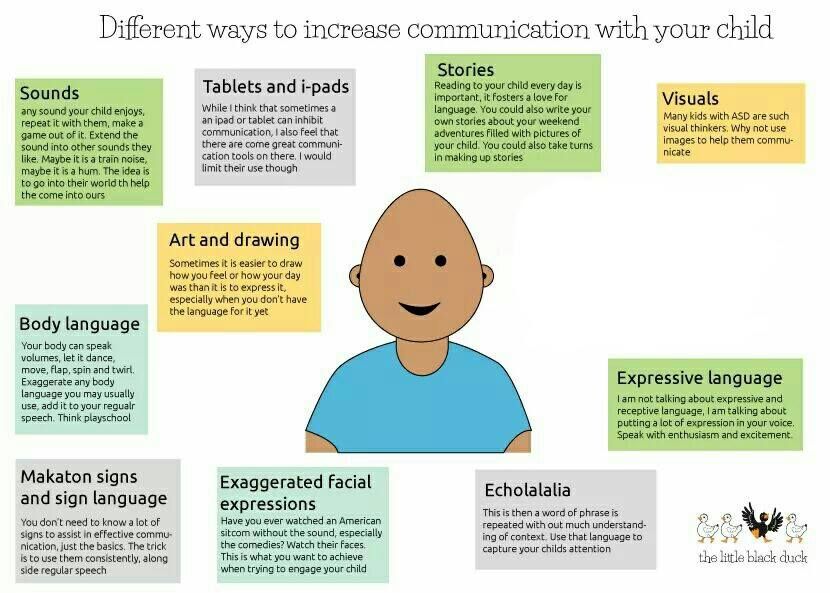
How useful can different special diets be?
When it comes to diets, there is still no diet that has been shown to be effective in research. So no dietary changes are officially recommended for children with autism, rather this is an area that parents are interested in and they often ask questions about diets.
When parents ask me about specific diets or nutritional supplements, I usually say no, but I encourage parents to put their time and energy into evidence-based therapy first.
If you are an evidence-based therapist but also want to try some alternative methods in addition, then this is a private matter for your family, as long as it does not harm the child in any way.
What can parents who don't have access to an early intervention service like your center do?
Lack of access to services is a heavy burden for parents. And perhaps the best thing that parents can do in such a situation is to become advocates for their child's rights, to unite with other parents in order to achieve inclusion in help services.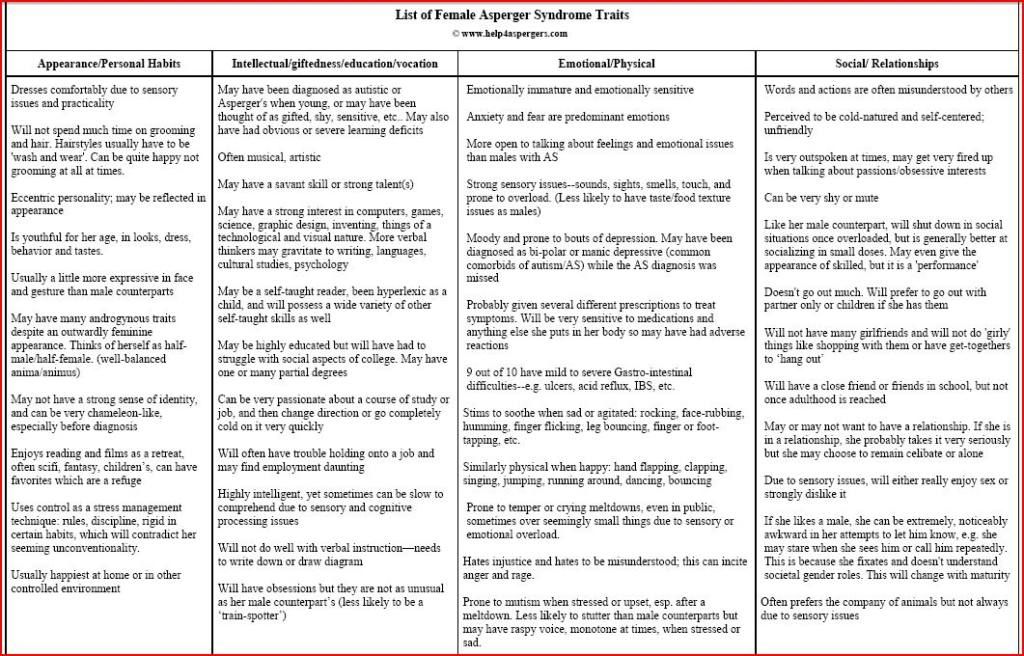
It is also very important for parents that their child gets as many different life experiences as possible. They can talk to other family members and explain the situation to them so that they are not afraid to be around their child so that the child can fully participate in the life of the whole family.
We also encourage parents to focus on developing their child's independent living skills. These are skills that a child needs in everyday life. This is what will help him become more productive and independent in adulthood.
So we need to start teaching kids as early as possible how to wash clothes, how to make a sandwich, and all the other skills that will help a child live independently and be productive as an adult.
To what extent can early intervention affect the life of a child with ASD?
That's a good question. For a very young child, it is impossible to know the further prognosis. Parents often ask me this, they want to know what their child's life will be like when he grows up.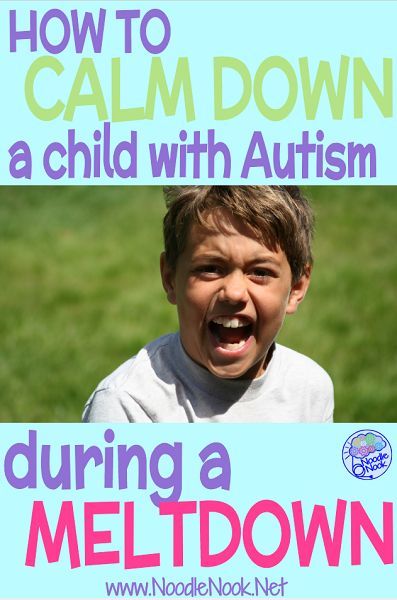 And I have to say, “I don't know. I wish I could answer, but I don't know."
And I have to say, “I don't know. I wish I could answer, but I don't know."
But what we do know for sure is that 5-10% of children who receive an early diagnosis no longer meet the diagnostic criteria for autism when they become adults. Of course, they may still have some features or difficulties associated with the autism spectrum, just to a small extent.
We also encourage parents to focus on today and what their child's priorities are here and now. First of all, this is functional communication - the ability to communicate your desires and needs to other people, the development of language and communication in general, as well as skills for an independent life.
What therapy is possible for autism in infancy
What are the goals for starting therapy for autistic children of preschool age
The top ten strategies for supporting children with autism at home
How to choose the goals of therapy for autism with parents
What is divided attention and how to develop it in children with autism
How to teach communication to a non-verbal child
What to do if a child with autism does not speak
We hope that the information on our website will be useful or interesting for you.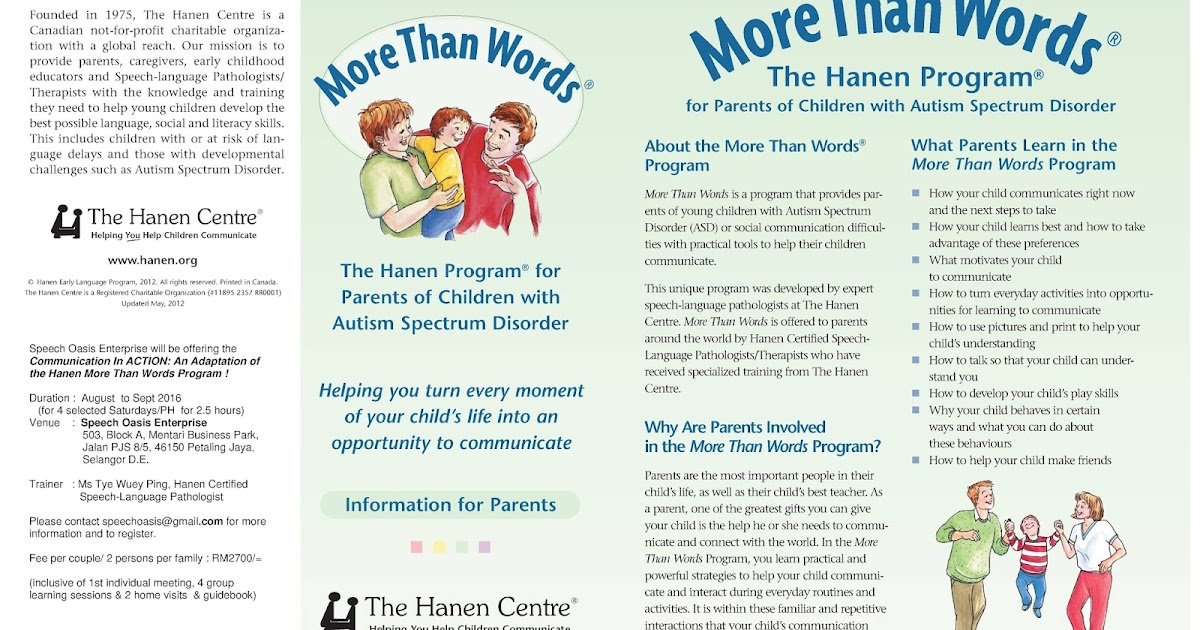 You can support people with autism in Russia and contribute to the work of the Foundation by clicking on the "Help" button.
You can support people with autism in Russia and contribute to the work of the Foundation by clicking on the "Help" button.
ABA Therapy and Behavior, Conference "Autism. Route Choice", Methods and Treatment
7 ways to help a child with autism. And yes, ASD is not a sentence
Photo: Naked Heart FoundationAccording to the latest international studies, autism occurs in every 54th child. Autism cannot be "cured", but a child with ASD can learn, communicate with others, play and be part of society. The Naked Heart Foundation blog tells how to help the youngest children with autism spectrum disorder.
Autism spectrum disorder is the most common group of developmental disorders. To date, there are no drug treatments, but there are methods that have proven their effectiveness to overcome the difficulties inherent in ASD. The Naked Heart Foundation's new book, How to Help a Preschooler with Autism Spectrum Disorder, presents these methods.
The authors of the manual, practicing specialists of the foundation, psychologists, educators, specialists in the field of applied behavior analysis, have tried, based on their experience, to answer the most common questions of parents and specialists working with preschool children with ASD:
- What are effective approaches and strategies for teaching children with ASD
- How to help children with ASD learn self-care skills
- How to help develop communication, play and social skills
- How to learn to understand the causes of a child's behavior, cope with difficult behavior and help develop socially acceptable forms of behavior
- How to help a child with eating and sleeping difficulties
We bring to your attention an excerpt from the book.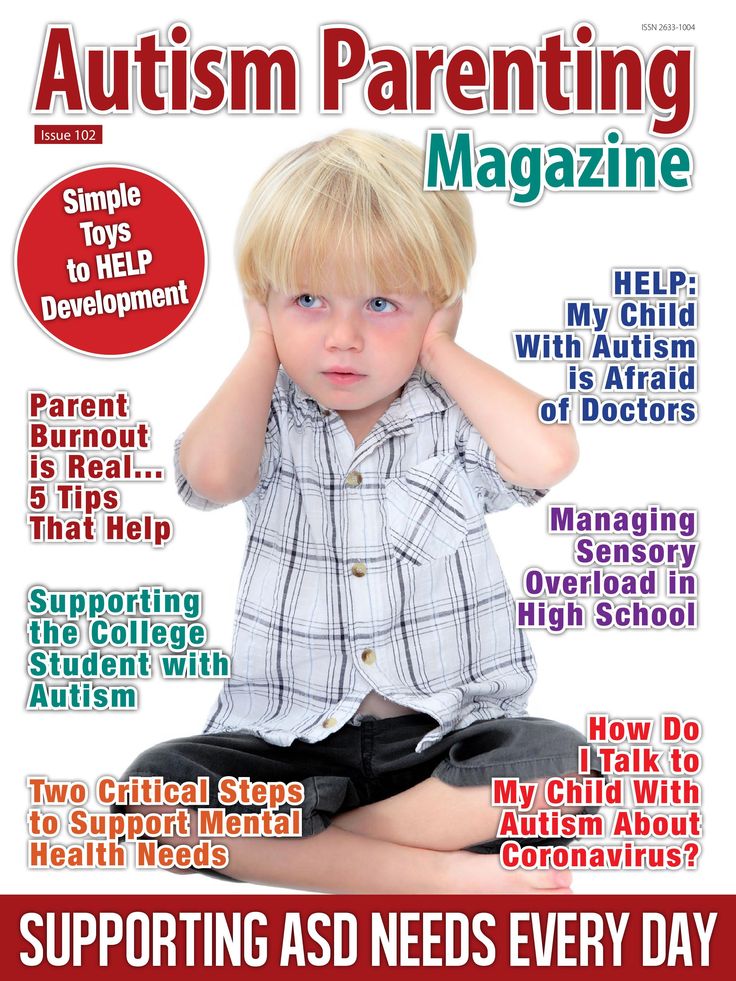
Many parents and professionals who have experience in teaching and raising neurotypical children or children with disabilities that are not part of the ASD report that they do not understand how to teach a child with autism, that the approaches they are used to using do not work. How to teach a child if sometimes it seems that he does not hear, does not understand, does not want to cooperate and shows undesirable behavior? This chapter focuses on some effective strategies that take into account both the strengths of the child with ASD and the existing deficits. These methods allow children with autism to learn more easily, faster, and generally be more successful and have fun. They apply not only to the area of academic skills, but also the skills of play, self-service, communication and interaction. The methods described below also help to reduce the likelihood of unwanted behaviors in the child.
Constantly collect and analyze data
Assistance programs must be systematically and objectively tested against the collected data - only then will they be effective.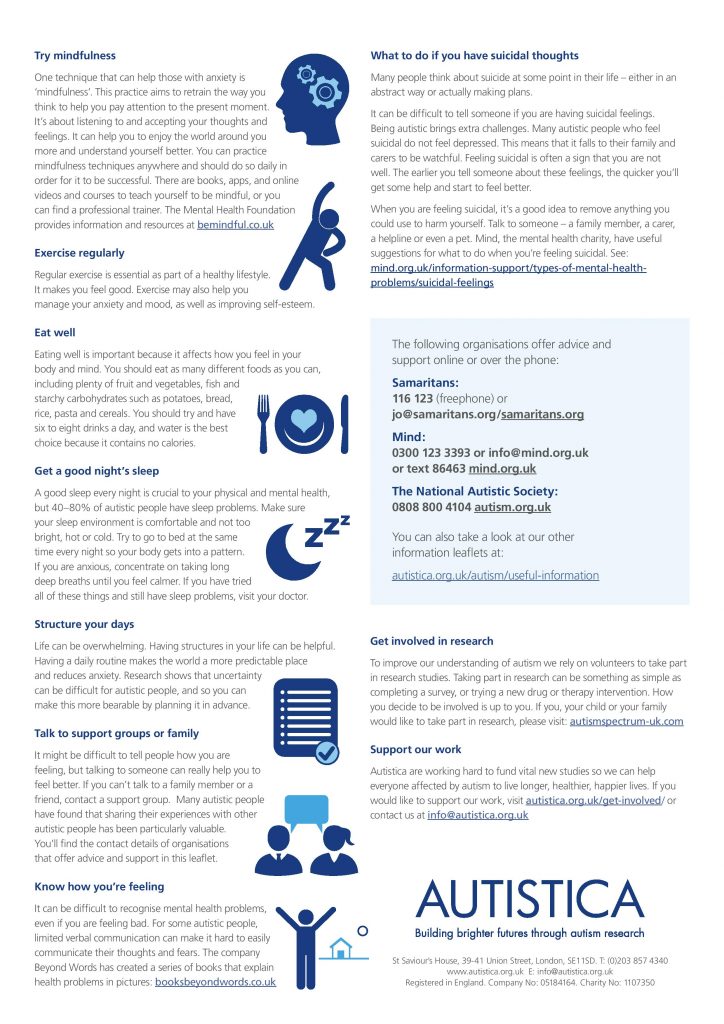 Data collection methods may include recording children's responses to every opportunity that arises, interval recording of a child's progress during certain activities, surveys of specific behaviors, and studying progress over time periods (such as monthly or quarterly). The data collection method should be linked to the child's goals and then used to tailor the intervention to the specific needs of the child and family.
Data collection methods may include recording children's responses to every opportunity that arises, interval recording of a child's progress during certain activities, surveys of specific behaviors, and studying progress over time periods (such as monthly or quarterly). The data collection method should be linked to the child's goals and then used to tailor the intervention to the specific needs of the child and family.
We additionally motivate a child with ASD
The motivation of a child with ASD can differ significantly from the motivation of neurotypical children. Violation of social interaction and communication leads to the fact that, for example, praise or approval for many children with autism may be poorly effective. This means that many of them will not do or not do something for the sake of approval.
We adapt our own communication to the characteristics of a particular child
We take into account that a child with ASD may have difficulty initiating and maintaining a dialogue, as well as understanding the meaning of a message; in this case, it is important for an adult to understand the characteristics of the child and be able to adapt his speech in accordance with his level of development: simplifying and shortening phrases, making instructions more specific and clear, if necessary.
Increasing learning opportunities, explaining consequences
Often, children with ASD—unlike typically developing peers who learn by looking at family members, other adults, or each other—may require special, highly structured learning environments. For this, discrete samples (or the method of individual blocks) can be used - one of the ways of such structured learning. A trial or block is a complete episode consisting of an instruction, a reaction (answer) of the student, a hint (when necessary), providing a consequence (depending on the child's answer) and deleting materials.
Consider an example. The specialist pronounces the instruction: "Show your nose." The student's reaction may be correct: he points to the nose, therefore, the prompt is not needed. Since the answer was correct, the consequence would be praise or some other kind of reward.
If the child makes a mistake (if the child makes no attempt to answer or turns away, this is also considered a mistake).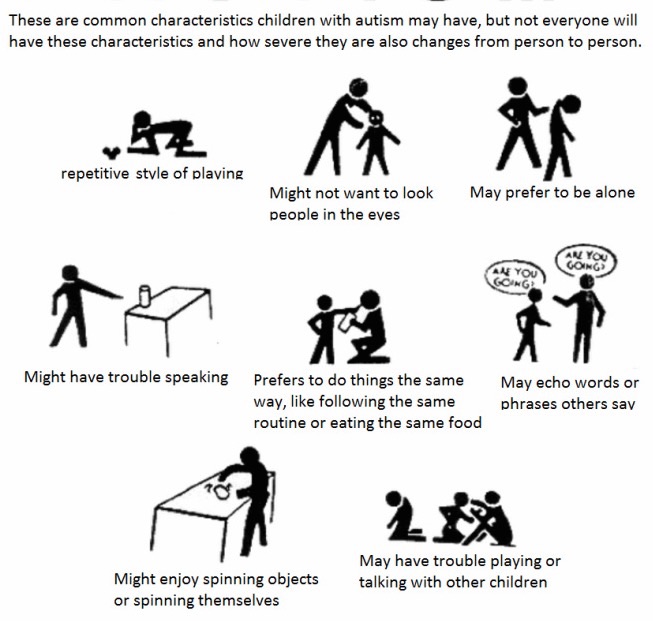 In this case, we repeat the instruction and at the same time provide a hint (for example, pointing to the child's nose). In the case of a response with a prompt, reinforcements are usually provided in a more moderate amount than for an independent response. After instructions with a hint, the test is repeated, while the child is again given the opportunity to answer independently.
In this case, we repeat the instruction and at the same time provide a hint (for example, pointing to the child's nose). In the case of a response with a prompt, reinforcements are usually provided in a more moderate amount than for an independent response. After instructions with a hint, the test is repeated, while the child is again given the opportunity to answer independently.
We provide structuring of the environment and visual support
in a space that looks disorganized and unpredictable, he may experience frustration and increased anxiety, and adults at such moments may observe unwanted behavior.
And vice versa, a properly adapted space will help a child with ASD better understand what is expected of him in a particular area, and will allow him to be more independent.
Structuring time and events
Children with ASD often have difficulty with planning and understanding time. Everything that happens for them is largely unpredictable, unexpected.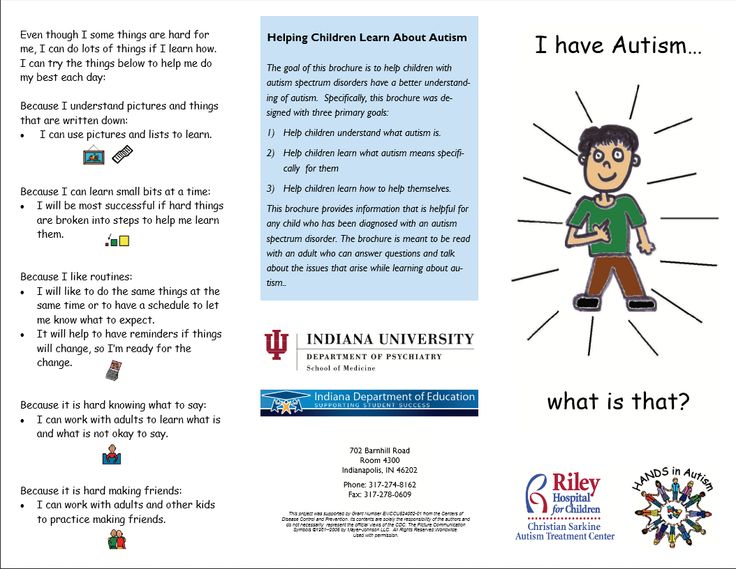 There is no understanding when the activity that is going on at the moment will end, what will happen after that and whether there will be something loved. This is another possible cause of frustration and high anxiety in children with ASD. Schedules and timers help to significantly reduce this problem.
There is no understanding when the activity that is going on at the moment will end, what will happen after that and whether there will be something loved. This is another possible cause of frustration and high anxiety in children with ASD. Schedules and timers help to significantly reduce this problem.
First-Then Schedule - A simple two-point schedule. It is often used as the first step in learning to follow a schedule. The “later” item is always something that motivates the child, is an encouragement for him (a toy, activity, food, playing with another person). The “first” item is what the adult expects from the child at the moment (activity, washing dishes, washing).
If you want the game to be limited in time, you can use the visual sector timer. On timers of this type, when setting the time interval, the sector is highlighted in color. As the game progresses, the child will be able to see how the sector becomes smaller. When the set time ends, a signal sounds. It is important to teach the child to put the toys back in place at the signal of the timer.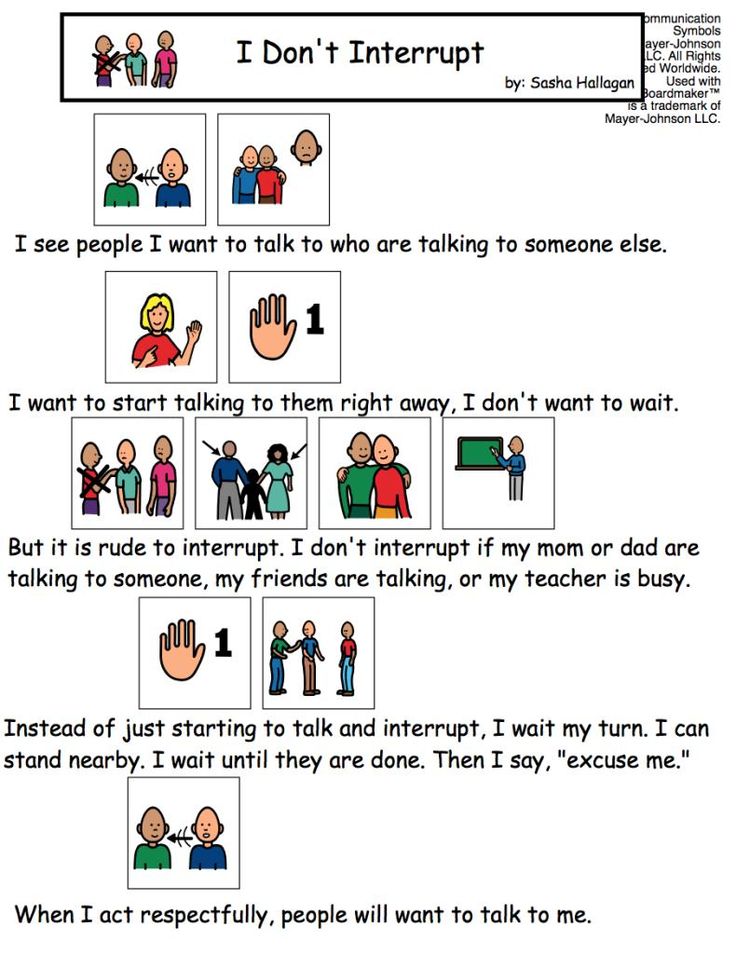 Consistent and regular use of the timer will teach the child to understand the time and finish the game without showing unwanted behavior.
Consistent and regular use of the timer will teach the child to understand the time and finish the game without showing unwanted behavior.
Providing time to process information
Some children with autism may need more time to process information, to hear us, to understand what is said, to find and give the appropriate answer. Giving such a child time for this whole process is critical to his success, independence and maintaining his social activity.
Whatever methods (or combinations of methods) we use in our interaction with a child, it is important to remember that they are only a well-paved road. The child should still have a desire to follow it. Few people are motivated by the mere overcoming of the path - whether it be a child or an adult, with or without developmental disabilities. Motivates, as a rule, what is at the end of the path.
All of us, adults, are motivated by different things: career growth, bonuses, social status, social approval.